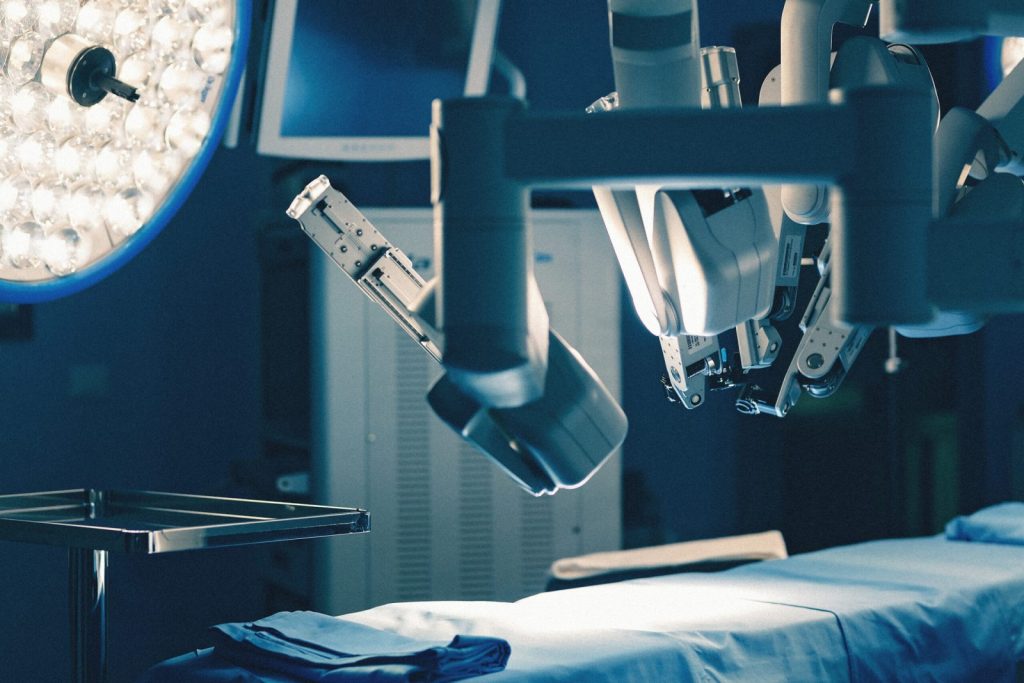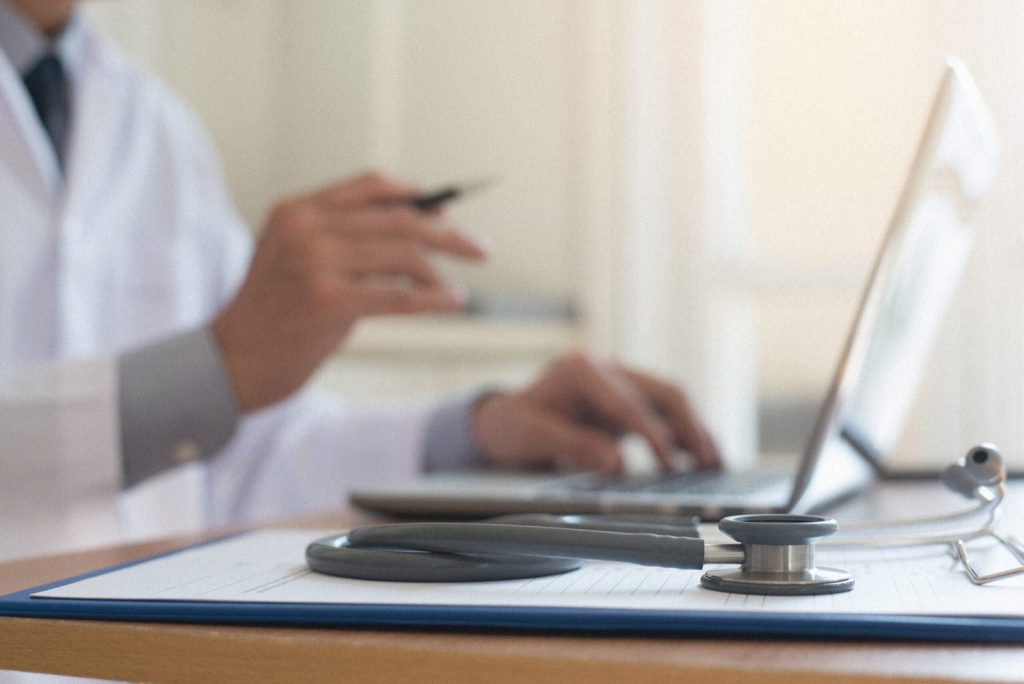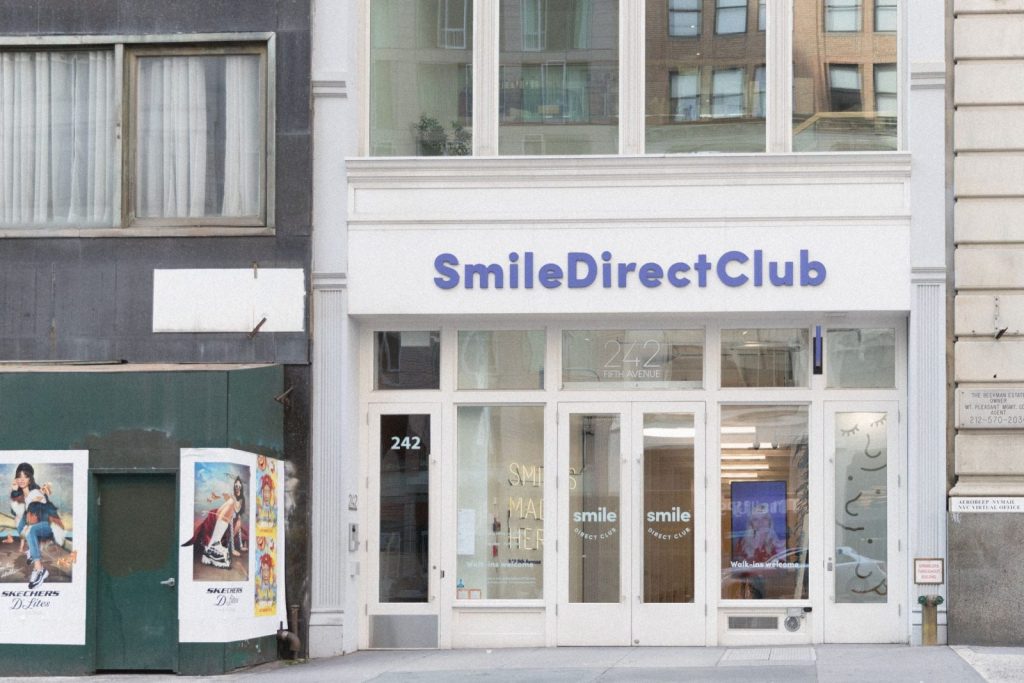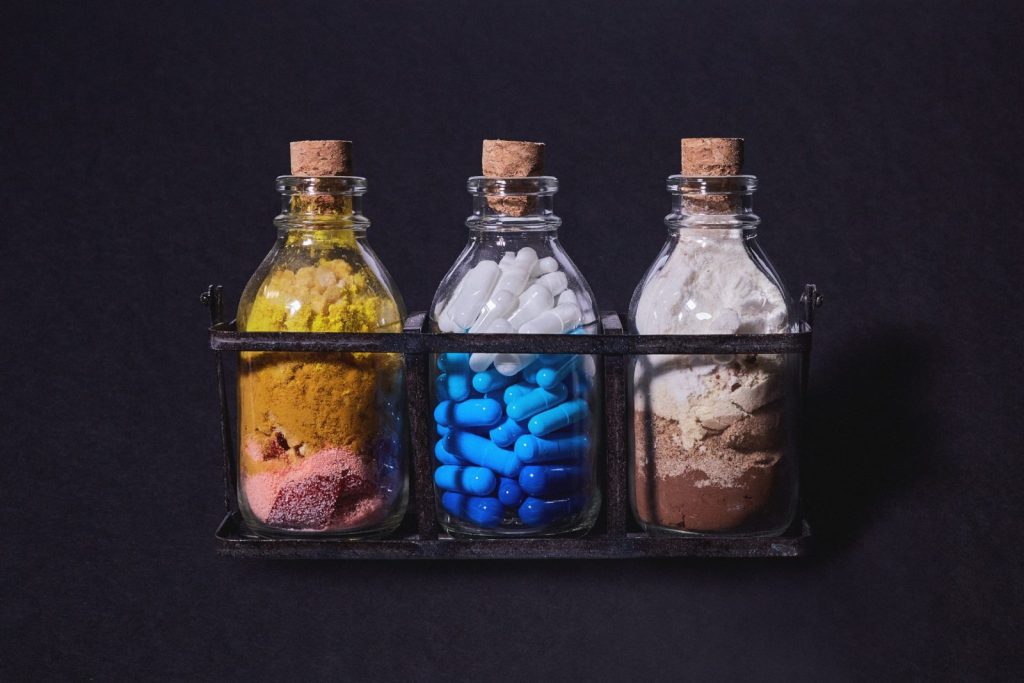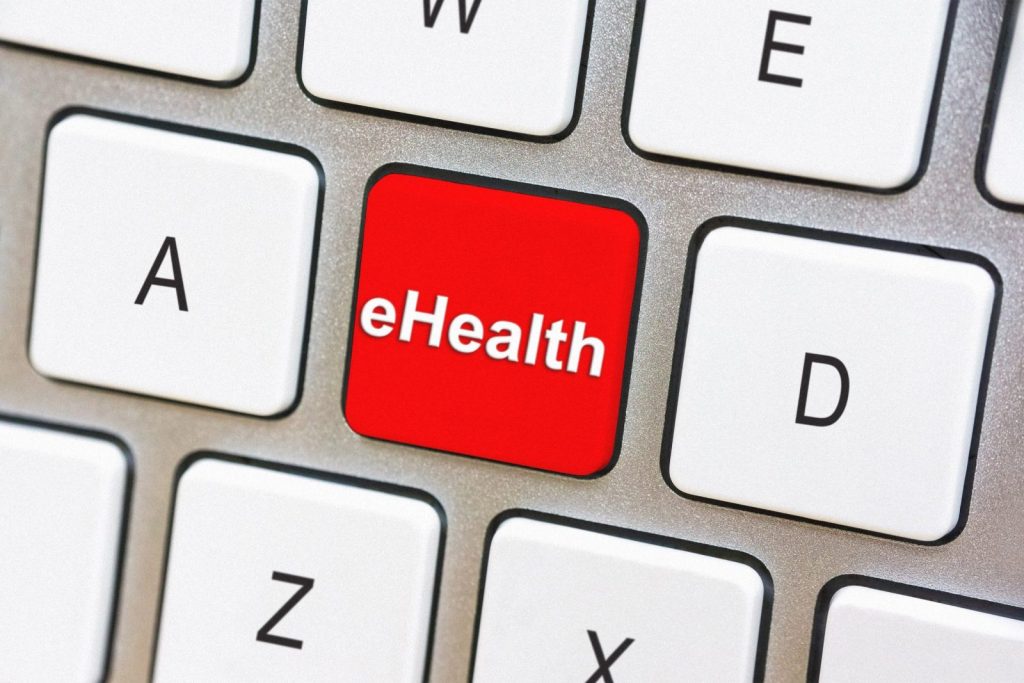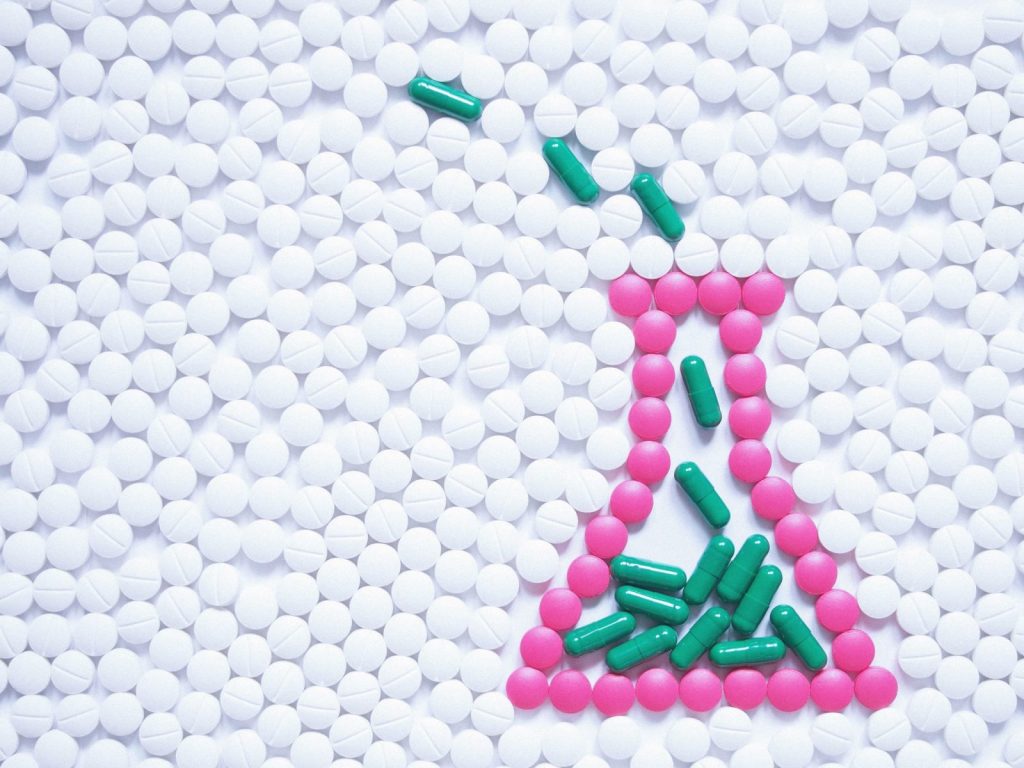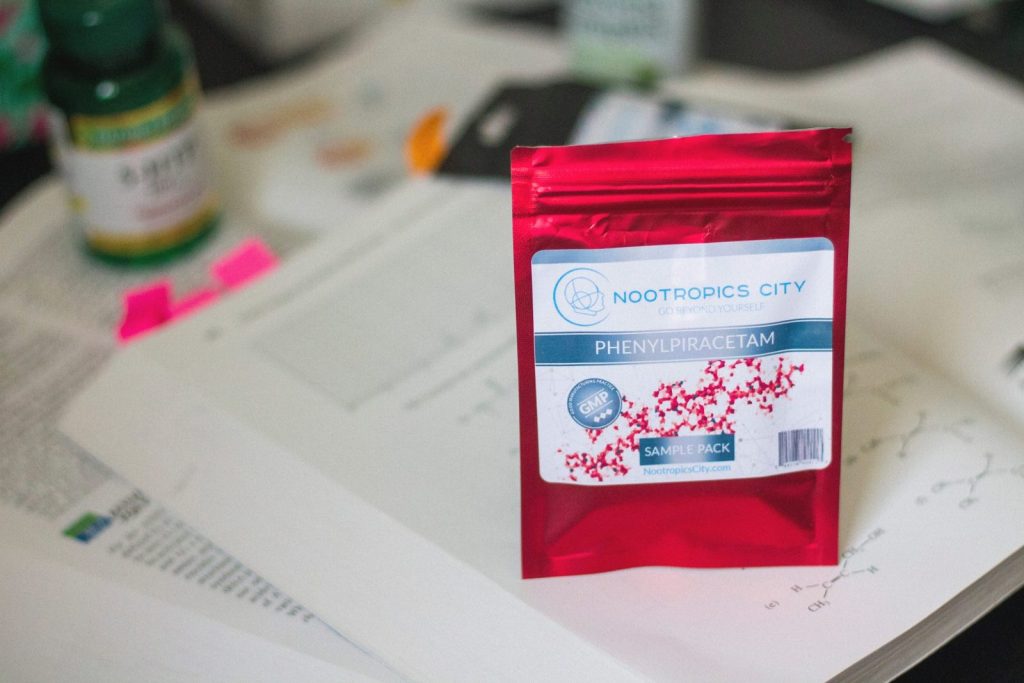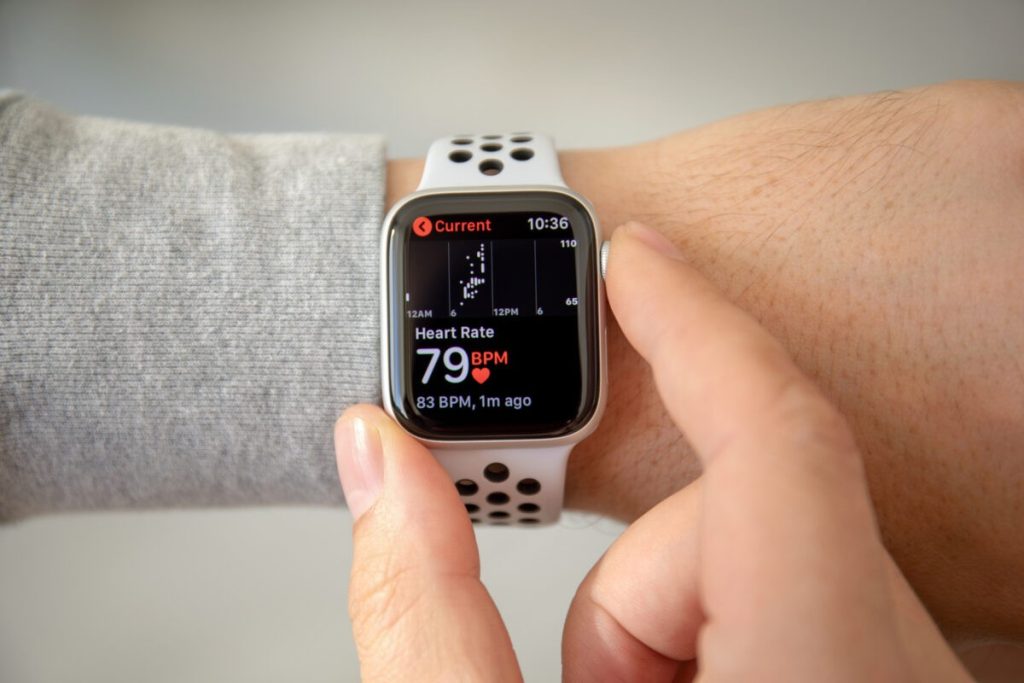Marketing Anti-Aging Products
As the anti-aging product market continues to expand rapidly in the coming years, it’s time to get your anti-aging marketing strategy in shape. Throughout history, nobody has looked forward to getting old, loosing their looks, and declining in health. In the modern, high-tech era, however, people are more youth-obsessed than ever. In effort to capitalize …


